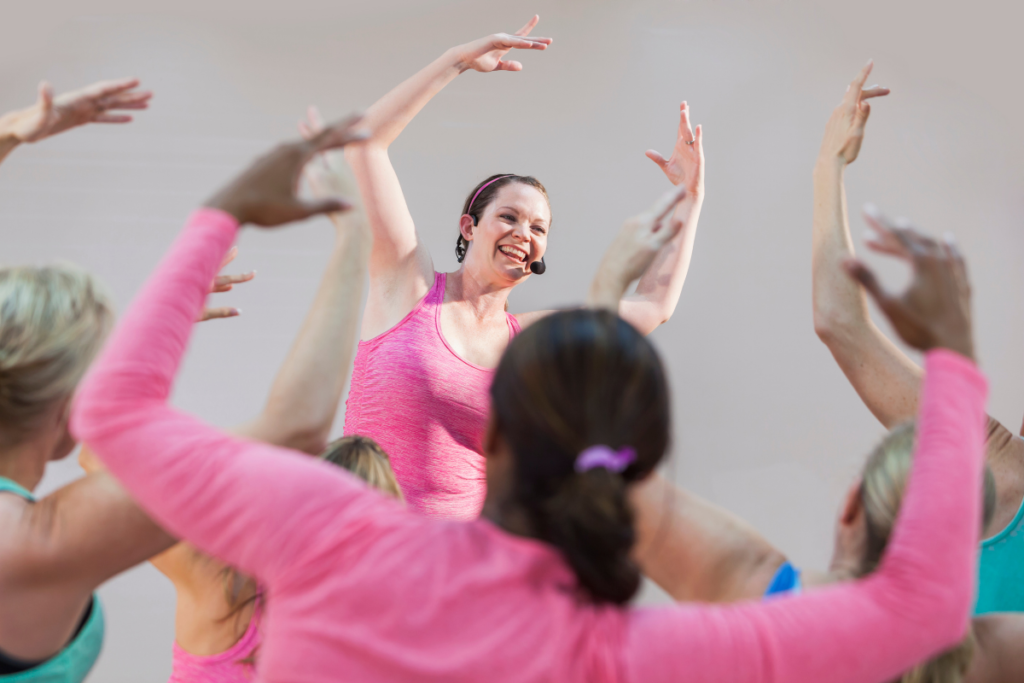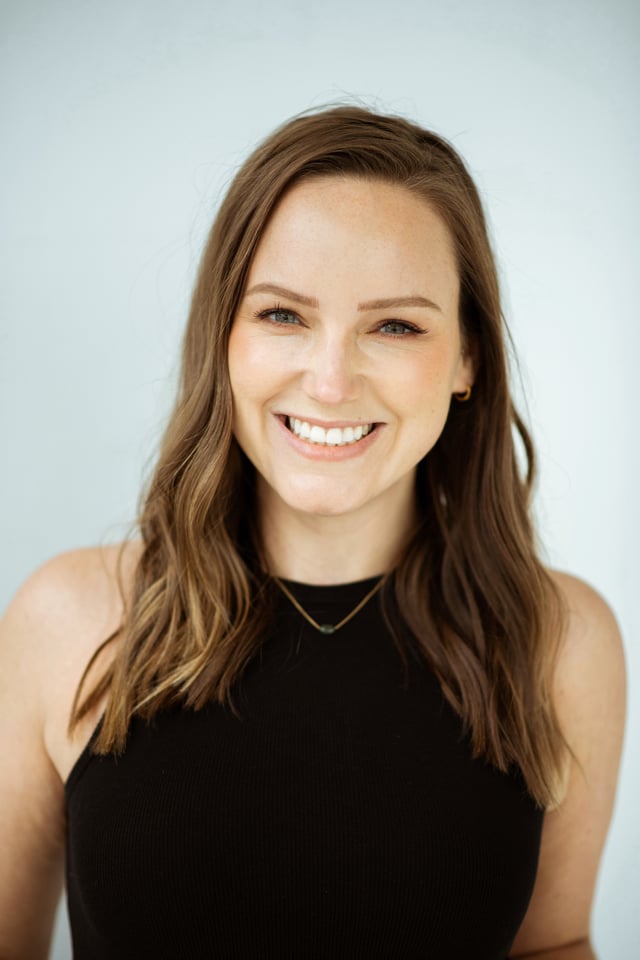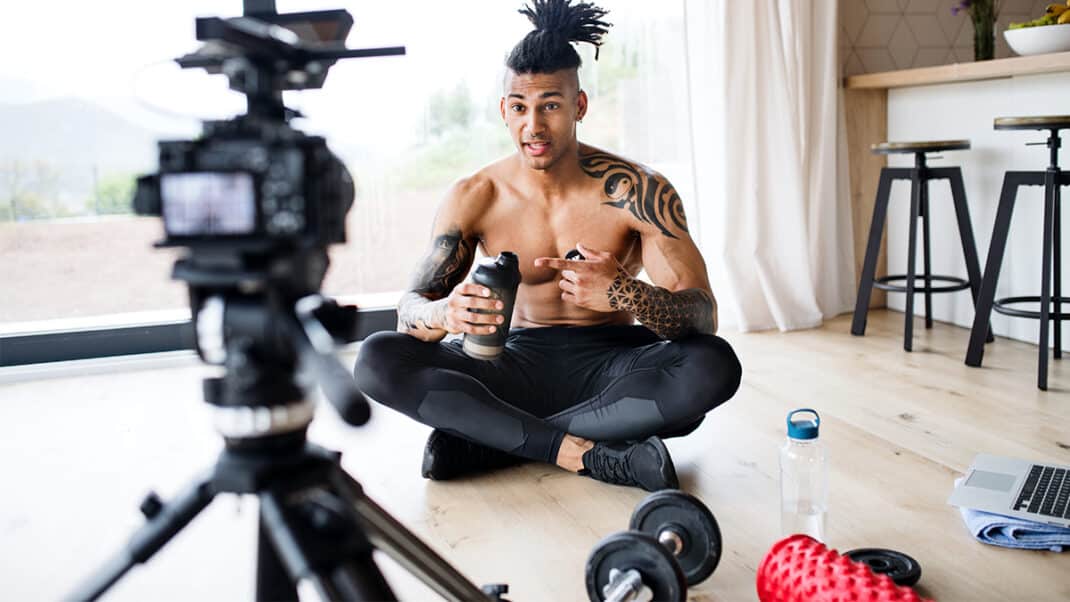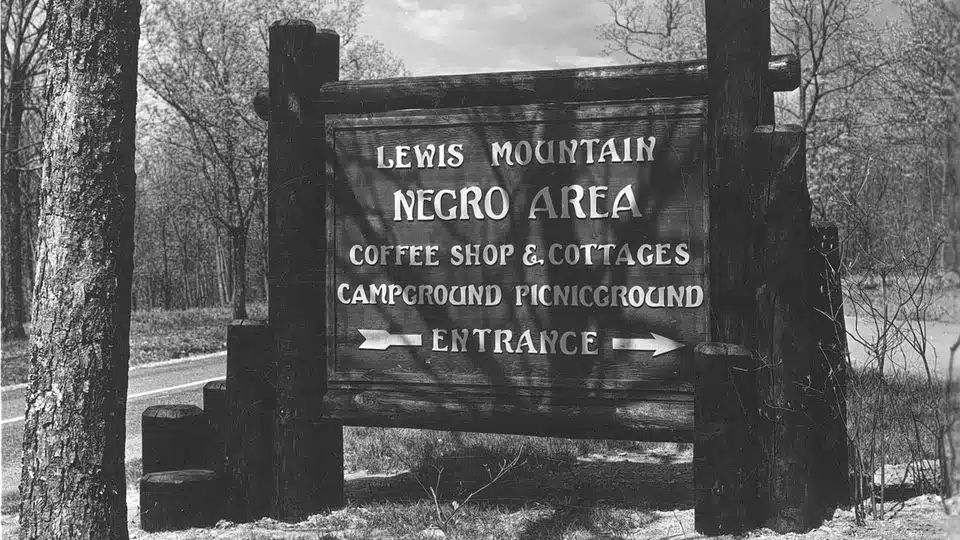How to Name Your Group Fitness Class
Words have weight: Don’t sacrifice clarity for the sake of creativity.

“Butts ’n’ Guts,” “Lift Like a Girl,” “Awesome Abs” and “Full-Body Toning” are just a few class titles you’re likely to find on group fitness schedules. While catchy and commonly used, these names may be problematic. A group fitness class title is its calling card; it attracts participants by previewing or hinting at the class experience. It also sets expectations for how people feel about themselves, their bodies and fitness standards in general.
When do names become a problem? When they reference gender stereotypes or negative body image perceptions or when exercise physiology principles are misrepresented.
When you’re a program manager or fitness facility/studio owner, it’s important to consider what messages you’re sending with your marketing copy. If you understand the power of words, you can help to create a more inclusive exercise space while also validating and educating your clientele.
Ready for Change
It’s an exciting time in the fitness and wellness industry. Consumers are demanding more inclusive, body-positive and self-affirming programs, and business owners have an opportunity to deliver by highlighting and supporting the uniqueness of each client. How? By addressing clients’ abilities, goals, fitness levels and identities. This is mainly achieved through marketing, program planning and daily interactions, both in-person and virtual.
The larger message is made up of many small pieces of information delivered through different channels. While a program or class title may seem insignificant, in reality it complements the overall message. Group fitness class titles have not always met the changing needs of participants—and, without change, your business may be left behind.
See also: Group Fitness and the Stages of Behavior Change
Problem and Solution for Your Group Fitness Class
Generally speaking, long-standing program titles typically focus on a combination of fun and experience. These naming conventions are frivolous, use alliteration and are easy to remember. The challenge with naming solely in this style, however, is that the focus is primarily on the title’s “fun factor” and less on its broad message.
For example, “Awesome Abs” may label a core-strengthening class, but it supports the incorrect notion that the abdominals are the only core muscles, and that by doing abdominal strengthening work, it will result in a stereotypical look. The are two issues with this:
- It misrepresents anatomy and exercise physiology principles.
- It suggests a specific set of body image standards for participants.
“Lift Like a Girl,” which seems to suggest a strength training class for those who identify as female, attempts to flip an outdated stereotype on its head. There are issues with this title, too:
- The term “girl” can come across as condescending.
- The name may discourage participation by men or those who are gender nonbinary.
While gender-specific programming may have benefits, it can lead to assumptions about the experience or knowledge of particular groups. For example, “Lift Like a Girl” suggests women are less likely to know how to lift weights, compared with men. Removing the gender element in this class name would allow anyone with a similar knowledge base to be included.
“Full-Body Toning” implies the class will focus on total-body strength training. The issue here is that it misrepresents anatomy and exercise physiology principles, as “toning” is not a physiological action, but rather a consumer-driven understanding. It may seem harmless, but it fosters outmoded concepts that aren’t conducive to the industry’s growth or the participant’s education.
See also: The Group Fitness Trifecta
What Can Program Directors Do?
When naming a class or a program, think of your unique community and keep exercise physiology principles in mind. Be accurate and try to educate participants. Below are a few tips to guide you.
Class Components
Lead with the type of exercise—stretching, body-weight functional training, sport-specific or Pilates, for example. This should be the priority, because it clearly lets participants know what style of movement they can expect.
The Group Fitness Class Experience
Emphasize how you want participants to feel while they are taking the class and also when they exit. Remember: Not everyone wants to “burn” or “blast” something, so be mindful and inclusive.
Exercise Intensity
Convey the exercise intensity. This may be the most important part of the naming process, because it empowers participants to self-select the perfect experience. Guiding people to the correct intensity level helps to ensure adherence and self-efficacy. Try something as simple as a numerical system to indicate intensity, or use more direct language, such as “low,” “medium” or “high” intensity.
Required Skill Set
Consider what knowledge participants will need to attend or fully participate in the class, and include that in the title. This removes gender stereotypes. Focus on including newcomers, those looking for a balance challenge, etc.
No Body Image Connotations
Remember that all bodies respond differently to exercise. Some titles insinuate that taking a class will result in a specific body type, which perpetuates stereotypes and the myth that a body must look a certain way to be healthy or fit. This approach is also misleading in that it suggests exercise must always lead to a body shift or change, usually weight loss. Instead, focus on the enjoyment of movement and on health outcomes.
Ways to Include Creativity and Personality in Your Group Fitness Class
You can still be creative and get your point across! Your marketing can include fun, accuracy and inclusion. Be intentional about your messaging and allow your mission, goals and values to guide you. Consider using your business name, themes, taglines or mascot to bring the focus back to what you offer as a business, while also connecting to the community. Think about your local area. Are there any town, city or state landmarks that connect to your mission? Use local elements to unify your participants around something they all share or appreciate.
Samples to Consider
Here are some examples of group fitness class titles that combine clarity with a dose of creativity:
- Learn to Lift I and II
- Redhawk Fit (using a local mascot in a title)
- Snow Strong (a winter sports conditioning class created by FuelHouse Gym in Seattle)
- Core Training 101
When you take the time to put thoughtful energy into how you name your group fitness classes, you recommit to connecting with participants and providing care to your community. This goes beyond the everyday interactions of the class experience. Remember, it doesn’t matter how cool or clever a class title is—that’s not what gets people to attend or stay. Rather, it’s what they experience during class that truly matters. What’s more, choosing misleading or unclear titles could affect your business growth. Move beyond the cool factor and consider the power of a title. When you pay attention to how you phrase titles, you can ensure that the message you convey is one of care, inclusion and validation.
See also: 5 Tips for Keeping Attendees in Your Group Fitness Class
Christin Everson
Christin Everson is an ACE-certified health coach, group fitness instructor, personal trainer, medical exercise specialist and behavior change specialist. She holds a master’s degree in kinesiology from Indiana University and a bachelor’s in psychology from the University of Oregon. Christin has more than 10 years of experience running successful fitness programs and is an award-winning marketing professional. She is passionate about socially just and inclusive fitness programming.






